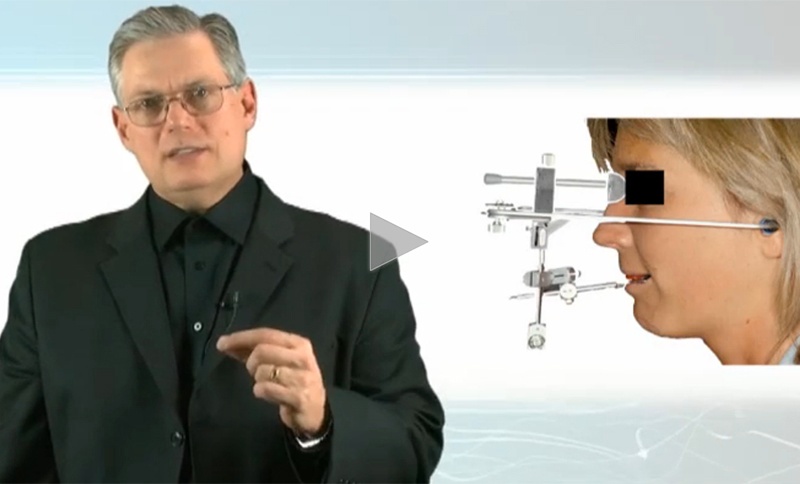 All of us as dentists were issued a facebow in dental school in order to fulfill our requirements. For some reason a majority of dentists tend to forget about the facebow the second they get out of dental school and go into practice. I think one of the main reasons as to why this happens is because we were only taught the technique of the facebow as students, but we really weren’t taught what the actual purpose of a facebow was.
All of us as dentists were issued a facebow in dental school in order to fulfill our requirements. For some reason a majority of dentists tend to forget about the facebow the second they get out of dental school and go into practice. I think one of the main reasons as to why this happens is because we were only taught the technique of the facebow as students, but we really weren’t taught what the actual purpose of a facebow was.
When we first got into practice, our initial thought of the facebow's purpose was simply to aid in mounting models. We were taught in dental school that facebow only exists to help us mount the maxillary model on the articulator.
This thought process undoubtedly made us assume that we could simply perform this technique without using the facebow at all — we could tuck that facebow away and just pace the models in the middle of the articulator by hand or use things like a “stick bite.”
The purpose of the facebow is to transfer both esthetic and functional components from the patient to the articulator in a very efficient manner. The more accurately the models replicate those components, the more efficient we can be when we get back to the patient's mouth. From an occlusal and esthetic standpoint, the more closely the models translate the function, the less occlusal adjustment we'll have to do when we take the restoration back to the mouth or place our provisionals.
So, if you are not using a facebow, you must understand that the function and esthetic information of your mounted models may not be as accurate as you think it is. The effect of which will be noticed when you get back to the mouth and end up having to perform excessive adjustments for the occlusion and esthetics.
Gregg Kinzer, D.D.S., M.S., Spear Faculty and Contributing Author
FREE COURSE: Facebow Transfer
Now that you've read about the purpose of a facebow, learn how to better deliver the correct information with a facebow transfer. In this free course, you'll learn rationale behind the facebow, the differences in types of facebows and more.
WATCH NOW